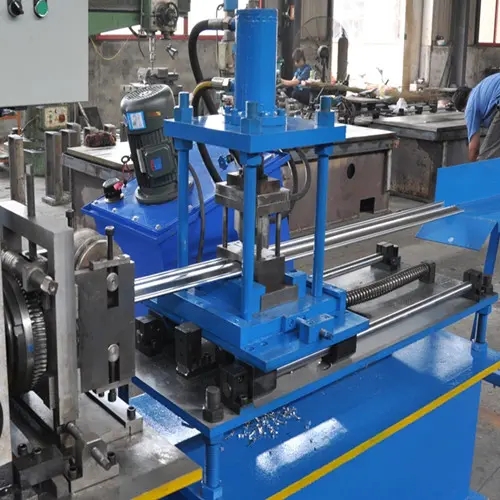
Understanding Cold Bending Price in Metal Fabrication
Cold bending is a crucial process in the metal fabrication industry, particularly for shaping materials like steel and aluminum without the application of heat. This process is essential for creating strong, durable components used in various applications, from construction to automotive manufacturing. One of the key aspects of cold bending is understanding its pricing, which can vary due to a number of factors. This article will delve into what influences cold bending pricing, its advantages, and its applications in the industry.
Factors Influencing Cold Bending Prices
1. Material Type The type of metal being bent has a significant impact on the cost. For instance, high-strength steel and specialized alloys may be more expensive than standard mild steel. Different materials can require unique handling processes, specialized tools, and expertise, all of which contribute to the overall cost.
2. Thickness and Size Thicker materials require more force to bend and may necessitate more robust machinery. Consequently, the price escalates with increased thickness or size of the material being processed. Large components may also incur additional transportation costs, influencing the overall expenditure.
3. Complexity of the Bend The complexity of the desired bend is another critical factor. Simple, uniform bends are quicker to process, thus costing less. More intricate bends, such as those that require precise angles or multiple curves, demand additional time and skill, resulting in higher costs.
4. Volume of Production Generally, higher volumes can lead to reduced costs per unit because fixed costs, like setup and operational expenses, can be spread over more pieces. Conversely, small batch sizes often lead to higher unit prices due to the inefficiencies associated with setup and production.
5. Labor Costs Labor plays a significant role in pricing. Skilled labor tends to increase the cost of cold bending, particularly when specialized techniques or equipment are needed. Moreover, the geographical location of the fabrication shop—where labor rates can vary significantly—also impacts pricing.
6. Equipment and Technology Advances in technology can influence the cost of cold bending. Modern CNC bending machines, for instance, can drastically improve efficiency and precision, but they also represent a higher upfront investment. Shops utilizing older equipment might charge less, but they could compromise on quality and efficiency.
Advantages of Cold Bending

Cold bending encompasses several benefits, making it a preferred method for many fabricators
- Cost-Effectiveness While various factors influence pricing, the overall cost of cold bending can be more economical than other methods, particularly when considering the avoidance of heat treatment processes.
- Structural Integrity Cold bending retains the material's structural integrity, as it does not alter the microstructure of the metal. This is particularly beneficial for applications requiring strength and reliability.
- Versatility The cold bending process can be applied to a wide range of materials and shapes, allowing for great flexibility in design and production.
- Minimal Material Waste The process often leads to minimal waste, as it can be performed with a higher level of precision, reducing the quantity of scrap material generated.
Applications of Cold Bending
Cold bending is widely used across various industries. In construction, it's utilized for making structural components like beams and columns. In manufacturing, cold-bent parts are essential for machinery, automotive frames, and other structures requiring robust components. Additionally, industries dealing with HVAC, plumbing, and electrical systems rely heavily on cold-bent pipes and conduits.
Conclusion
Understanding cold bending pricing is crucial for anyone involved in metal fabrication, as it enables better budgeting and project planning. The interplay of material type, size, complexity, production volume, labor costs, and technology all contribute to the final price point for cold bending services. By appreciating these factors and the advantages of the cold bending process, businesses can make informed choices that align with their production needs while also optimizing costs. Whether in construction, manufacturing, or other industries, cold bending plays a pivotal role in achieving both quality and efficiency in metal fabrication. The insights into pricing not only assist in strategic planning but also help stakeholders appreciate the value of quality manufacturing processes.